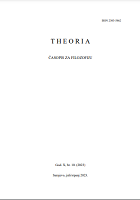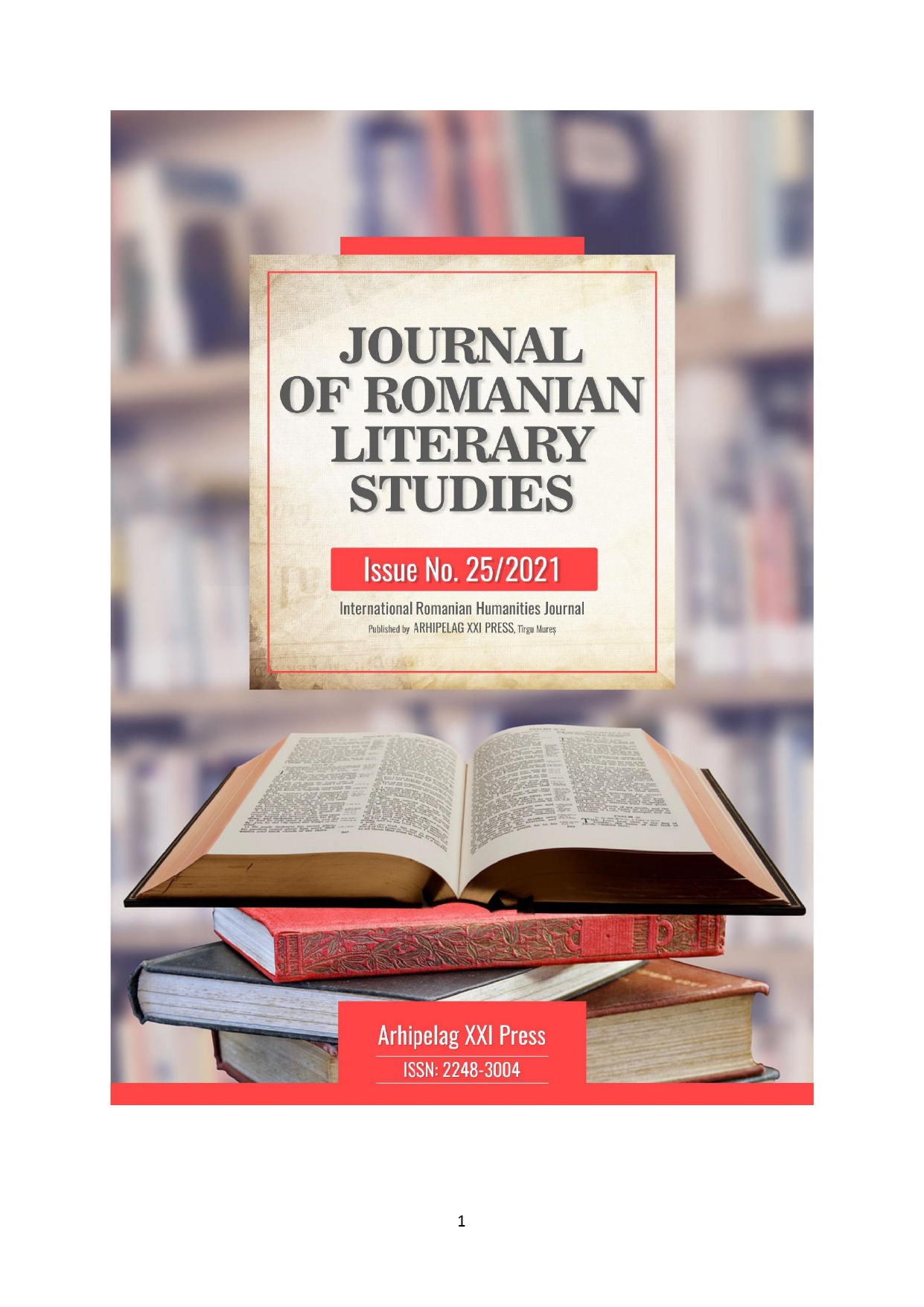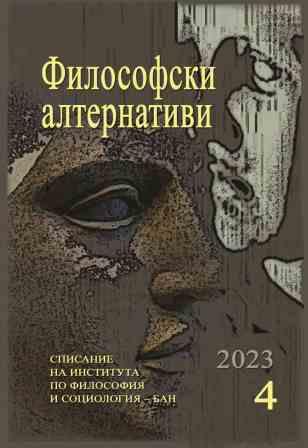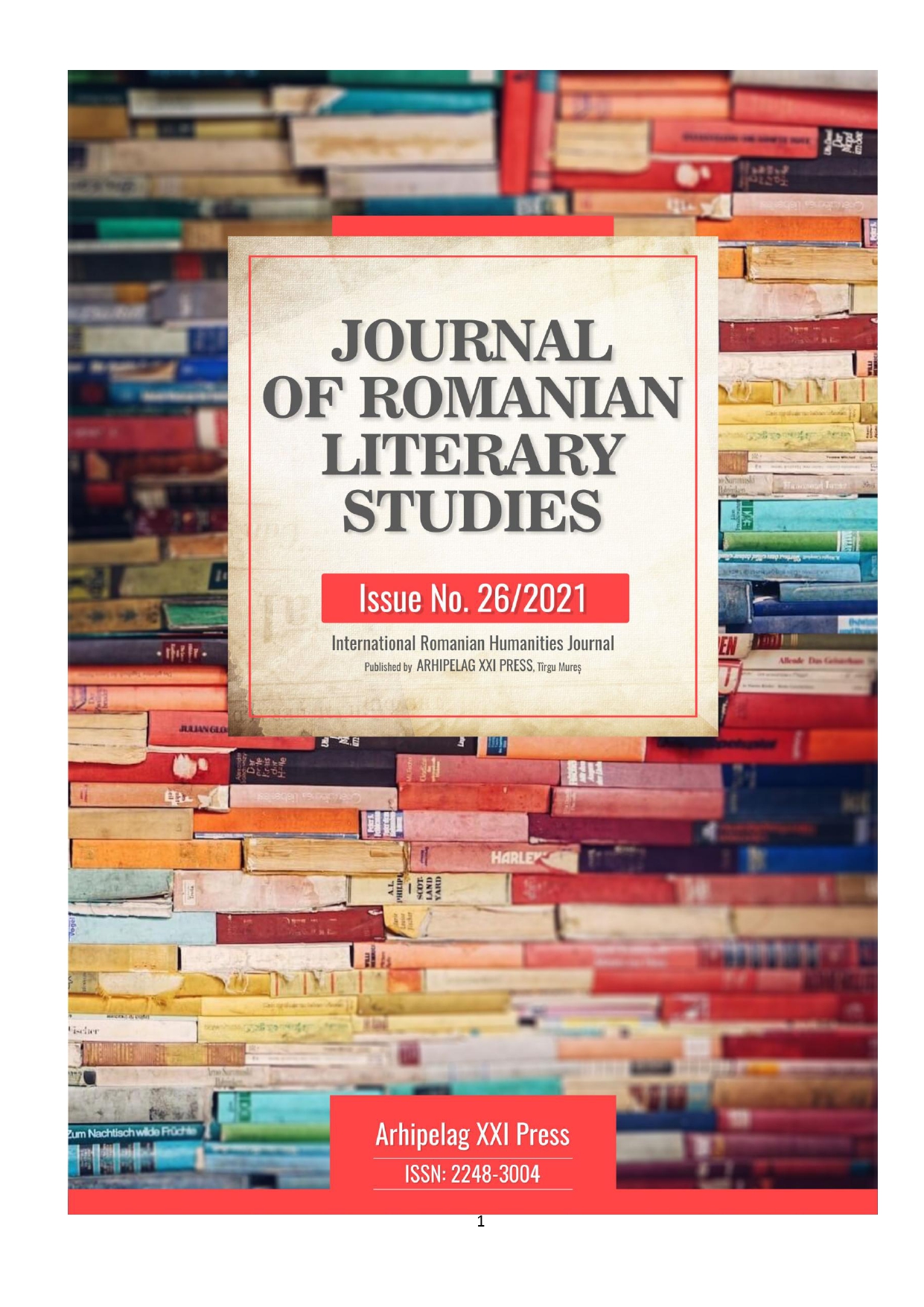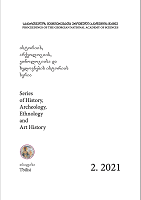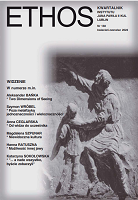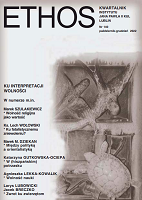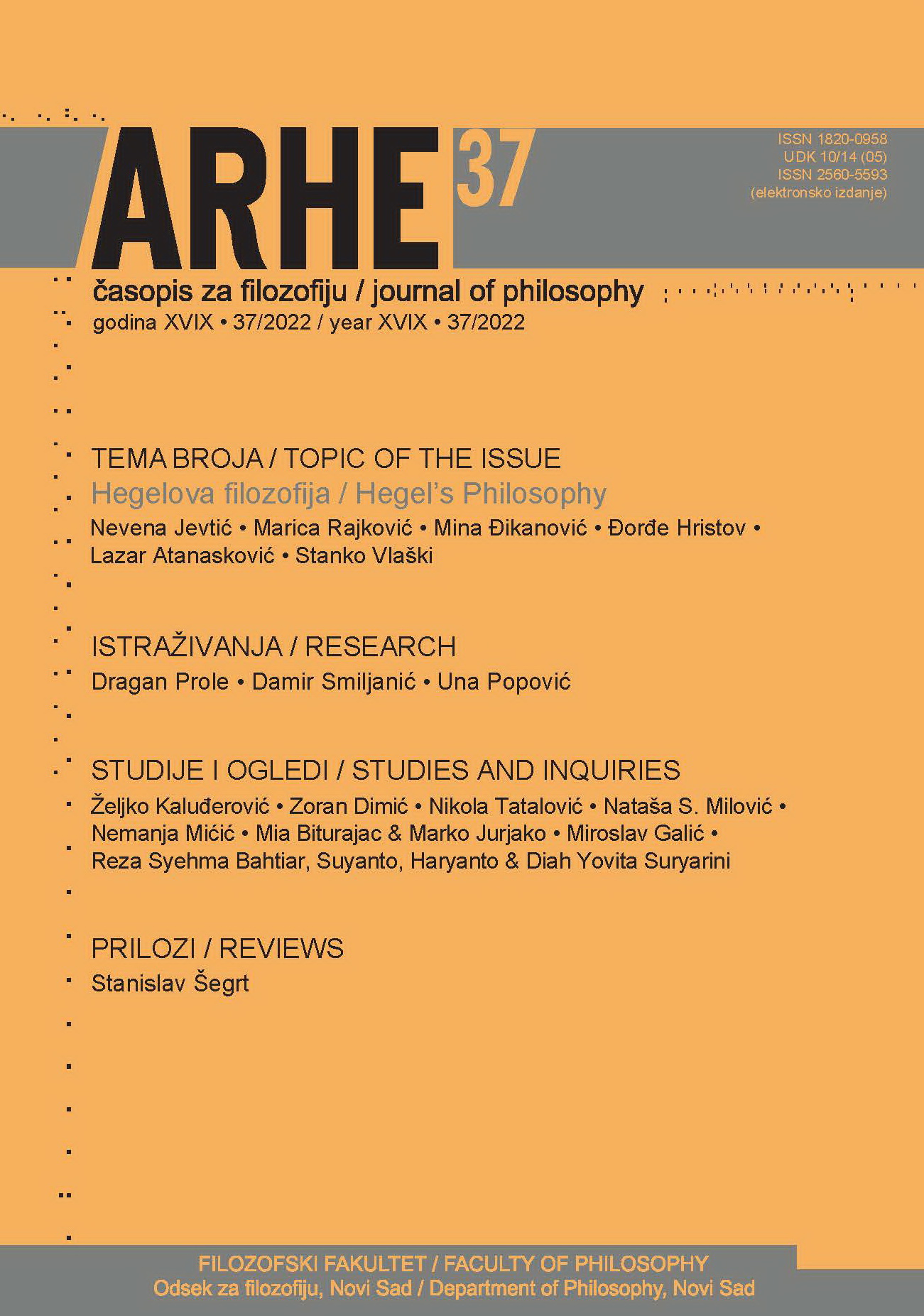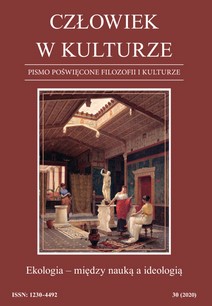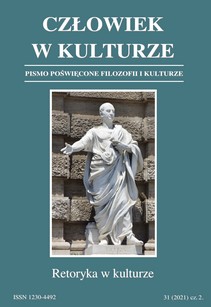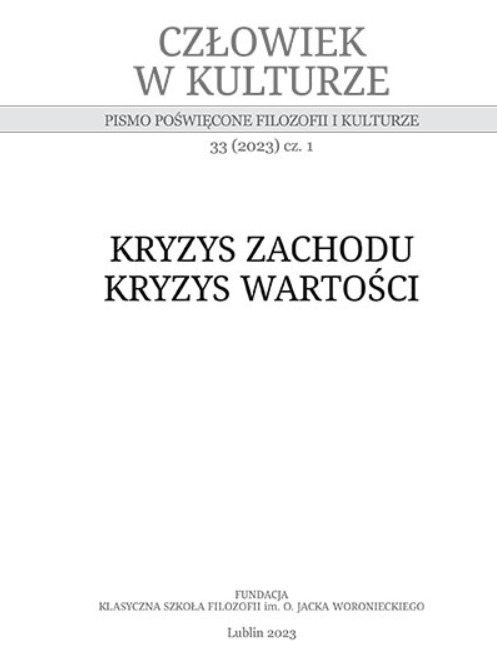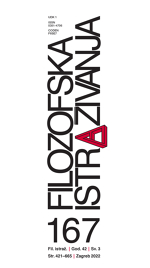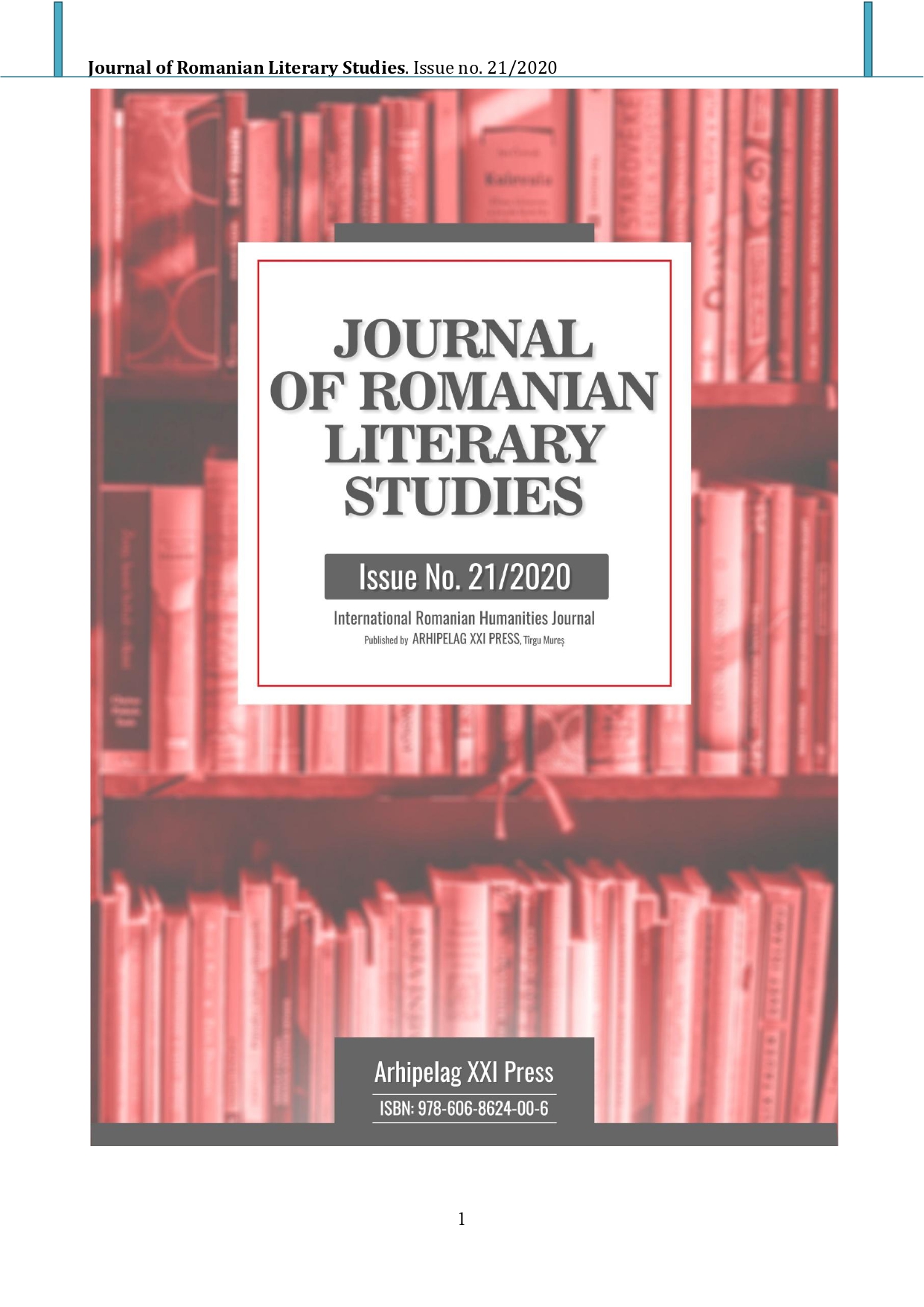
REBIS - THE HERMETIC ANDROGYNOUS
Through this study, we intend to make a presentation of the steps required to obtain the hermetic androgynous - the rebis. The alchemical creation presents the transmutation and the alchemist accelerates the growth of the metals in the uterus, matrix. He wants to evade from the laws of Time in order to obtain the Philosopher's Stone. Opus magnum, the transmutation of matter include several stages, matter must suffer, die and be reborn. The phases of the alchemical process include: nigredo - stage in which the prima materia is the massa confusa and the matter is decomposed (separatio); the second stage is washing – ablutio and the blackened matter is bleached, after the matter passes through rubedo, the phase of yellowing (citrinitas), later followed by albedo. Prima materia, aqua permanens and ignis noster lead to the creation of the hermetic androgynous. From the hierogamy between the Sun and the Moon arises filius philosophorum, the rebis. Mercurius includes in himself the Sun and the Moon, being depicted sitting on the chaos, and is called rebis, hermaphroditus, monstrum. The philosopher's stone appears as a result of the conjunction between Sulfur and Mercury, Salt being the astro-mental shell.
More...
